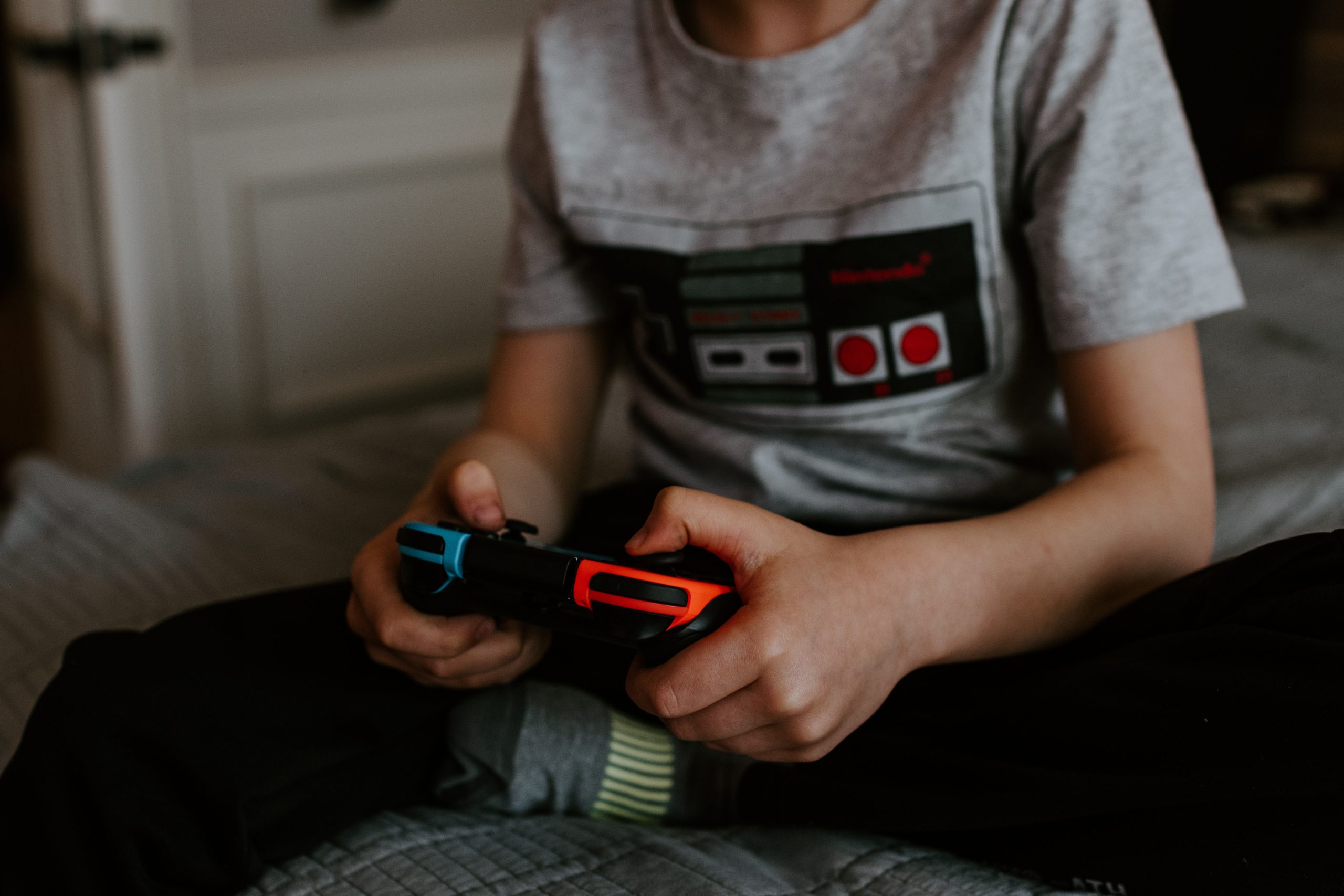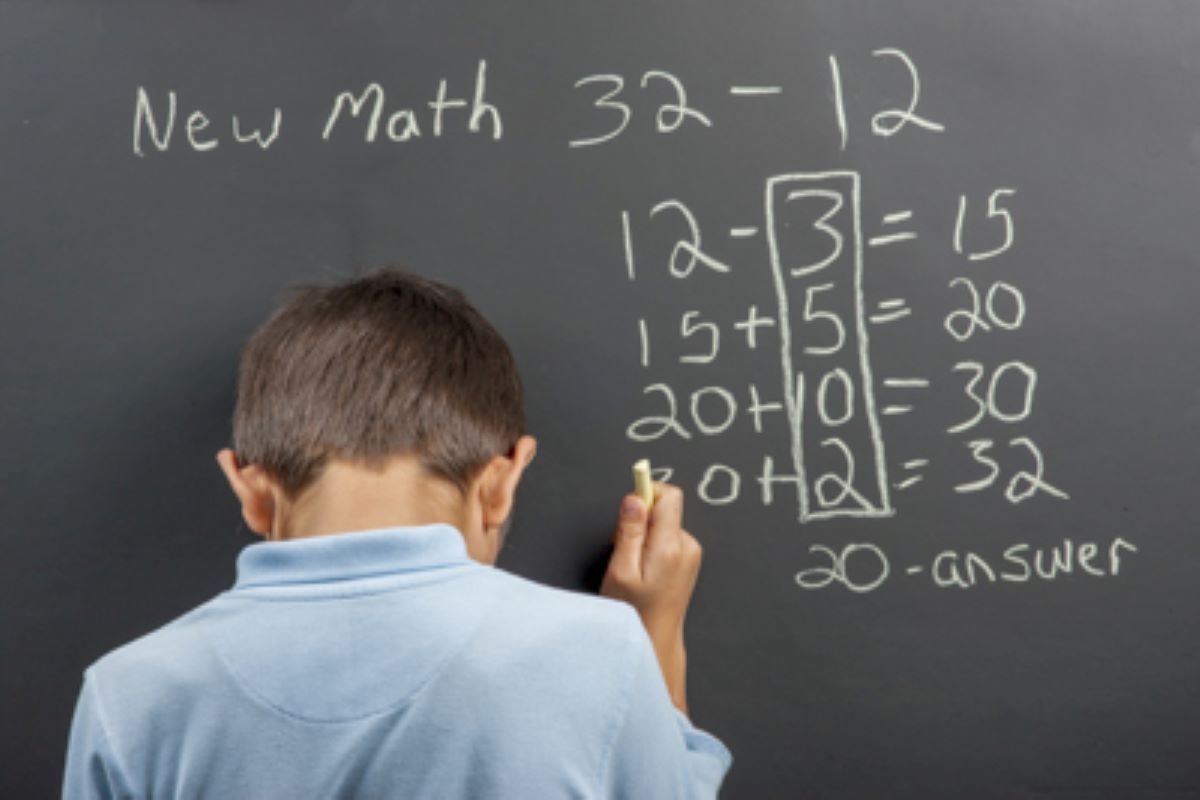The Pandemic’s Impact on Literacy in K-5 Schools
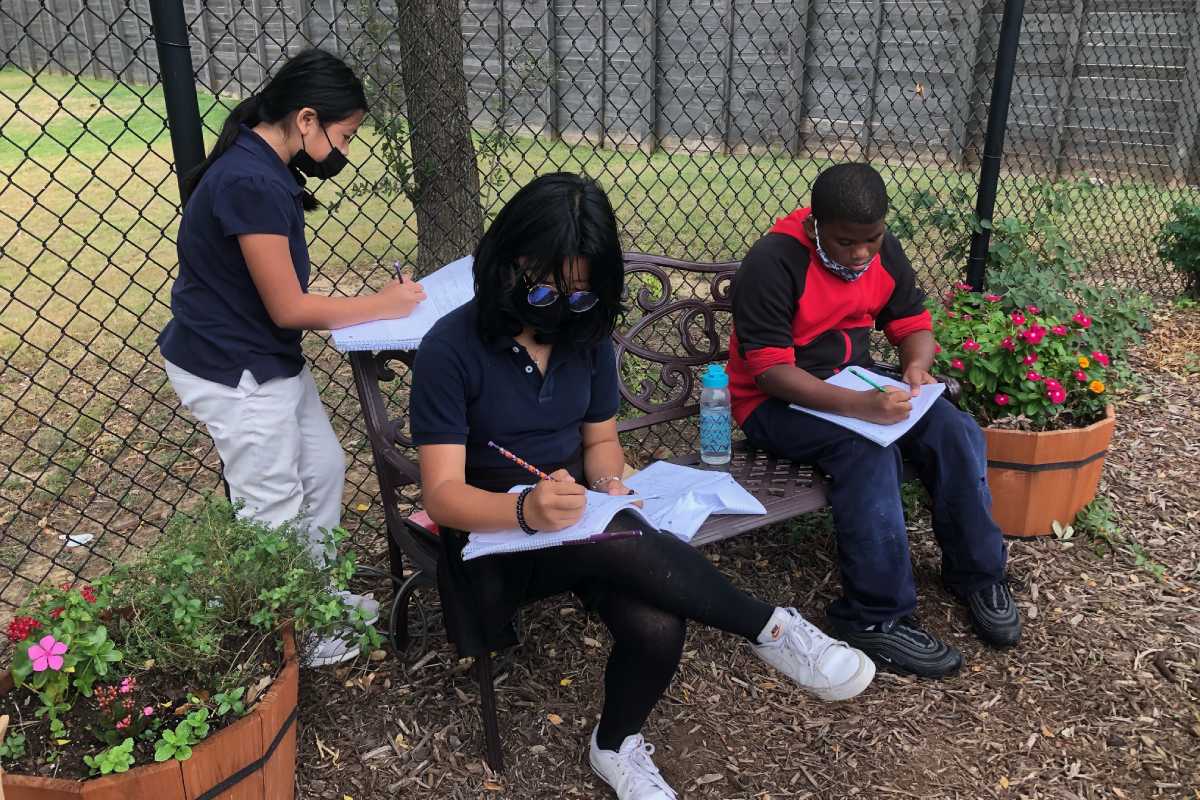
The pandemic has changed life for us all in many ways. It has created the greatest change for some of our most vulnerable population: our children. Learning gaps have widened deeper for students in low socio-economic status (SES) communities. Children at home are faced with many responsibilities outside of schooling, such as tending to younger siblings or not having parents at home to help with school work. In addition, educational needs for students in special populations are not being met due to the decrease of time in schools. During difficult times in our history, we have always heard that “children are resilient,” and it still holds true. Our children have developed resiliency and are learning each day to overcome challenges that have come about due to the pandemic. Take, for example, a student at my campus named Amaan. She is the oldest of four children at her home and is in the fourth grade. For a few weeks, she was one of the first students to walk in through the door at 7am and begin working on homework. Other days, she was so tired that she would come in at 7am and doze off before school started. On many days she would come in and start working on her homework, I wondered why she didn’t complete her homework at home. When I finally conjured up the nerve to ask why she is having a hard time completing homework, she quickly began to share that she has a very busy schedule. After school, she and her siblings attend Arabic school, after which she has to come home and help her siblings finish homework and then get ready for bed. I was left shocked and saddened by the reality of her situation and the responsibility that Amaan had to take on at such a young age. And she isn’t the only one. Week after week, I find myself hearing a similar story from student after student. The pandemic has caused children, especially those of economically disadvantaged households, to take on more responsibilities at a younger age. Many children are dealing with growing stress from parents who are learning to navigate through a pandemic. This change is causing many children to go without critical mental and physical checkups with their pediatricians. Even with school returning to in-person for many students, negative effects of COVID remain. However, students like Amaan and seeing her dedication to her education is what gives me hope.While hope is a good thing, we still must take the time to learn about what students are going through via conversations and daily morning meetings to help create a space for dialogue. From there, as educators, we must rethink the way we teach and the experience we offer our students when they walk in through the doors each morning. This includes reflecting on what tools we can provide to them that will make them resilient and bold in the face of adversities. Although there are many possible solutions, one solution is literacy education. We know that despite facing many unknowns and hurdles, students can always rely on their ability to read, as it opens many doors for them in the future.
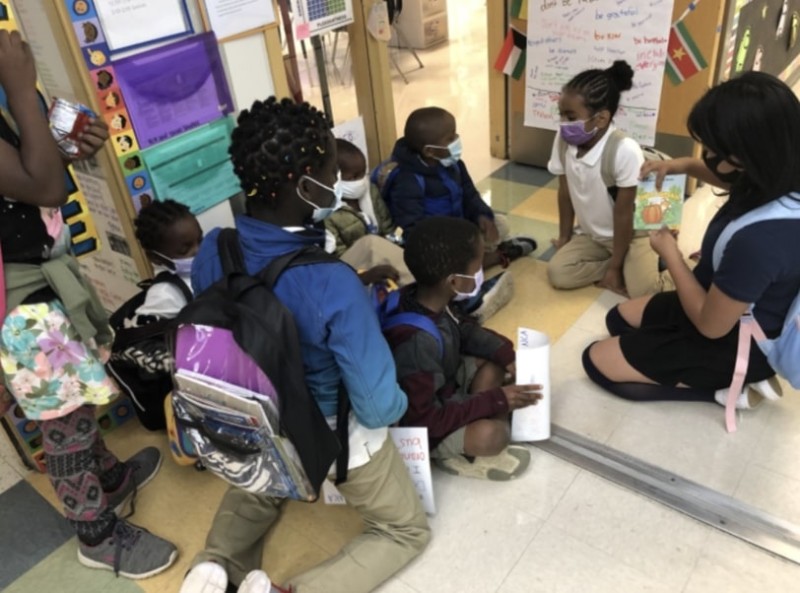
An area in which we have seen one of the greatest losses pre-pandemic has been in literacy education. The literacy divide has become even more widespread due to the pandemic. According to a 2021 study by researchers at Stanford Graduate School of Education(GSE), reading fluency rates among second and third graders are 30 percent behind where they should be in a typical school year. Inequities in literacy education have been shown to cause an increase in learning loss, especially in the foundational areas such as phonemic awareness, print concepts, phonics and word recognition, and fluency. Students learn between 3,000 and 4,000 new words in a given school year (Graves & Watts- Taffe, 2002). With students being at home and participating in virtual learning for most of the school year, children have not been exposed to the amount of academic vocabulary they would have been on campus. Decreases in direct instruction and inconsistencies in the type of education received by students in the past year have left our students suffering from diminished expressive and receptive vocabulary.
While it is important to identify a problem, it is equally important to look towards possible solutions. Most critical solutions are in the form of education and training for educators. This helps teachers deal with the learning loss related to literacy education. Our education system is only as effective and skilled as the teachers in front of our children. Teacher quality is the single most crucial factor in student achievement (Robertson, 2008). Now, more than ever, we need to invest in teacher training and focus on supplying teachers with the necessary support to get through such a challenging year academically and mentally. Professional development should be taught through specific phonics instruction by modeling and on-the-job coaching. In addition to this, schools should focus on a holistic approach by also educating families to partner with schools. By doing so, we are empowering families to join in on the efforts while also teaching our EL parents foundational skills of the English language.
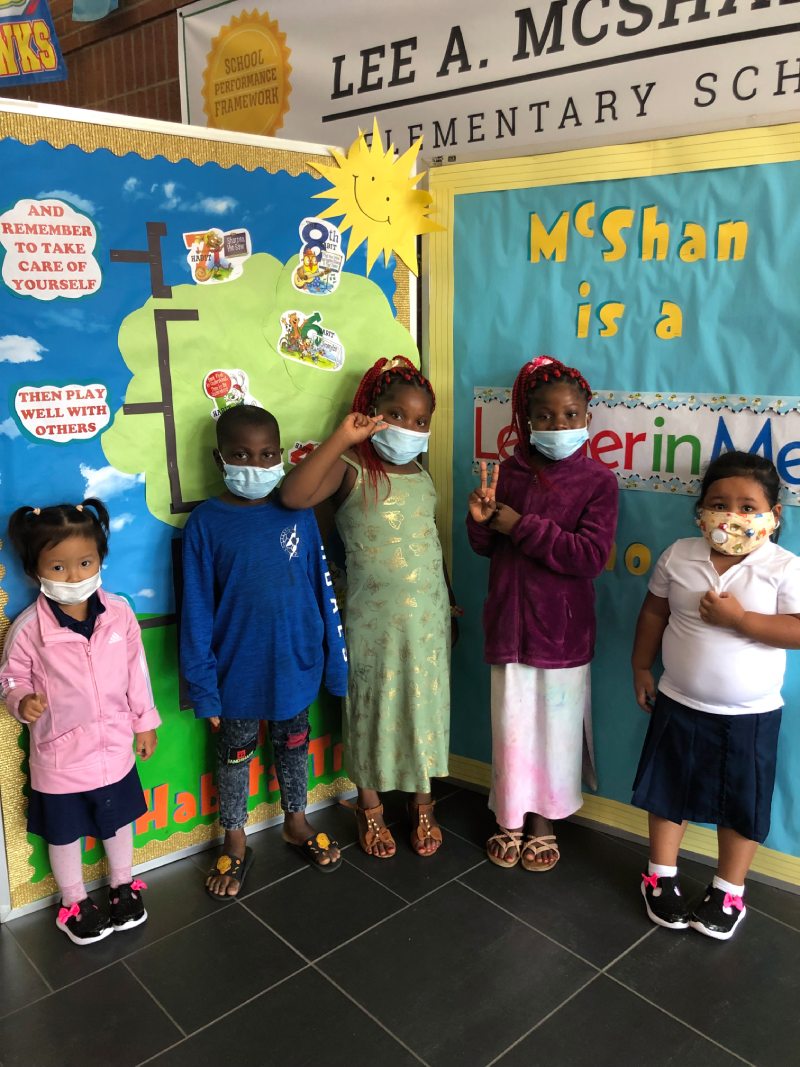
Addressing the issues of literacy, should be a collective effort. Our campus has put in place many programs which focus solely on explicit reading instruction. Programs such as Catch Up and Read (CAR) and Reading Homeroom, which are a group of local reading tutors who take time to meet with our students weekly to teach them one on one, have been instrumental. Reaching out to the community and partnering up to reach our students has bridged many gaps in instruction. In addition, our teachers are conducting small groups for 60% of the day. This has led to students receiving more prescribed instruction with a group of 5-6 students who are needing to work on the same skill. With this, students are able to cover more literacy based skills in one day with the help of rotations.
Although this year has brought significant educational challenges, it has made us more aware than ever of the pre-existing achievement gaps between minority and disadvantaged students and their counterparts. It has shed light on the fact that our education system needs to be reformed with calculated steps that bring equitable solutions for all learners, especially our consistently overlooked populations. Educators are a powerful force who are able to make a positive and lasting impact in the lives of our students far beyond the negative effects of the pandemic. In the end, prescriptive steps and a focus on growth this year will ensure that our students are not falling further behind and continue to grow in all aspects inside the classroom and beyond.
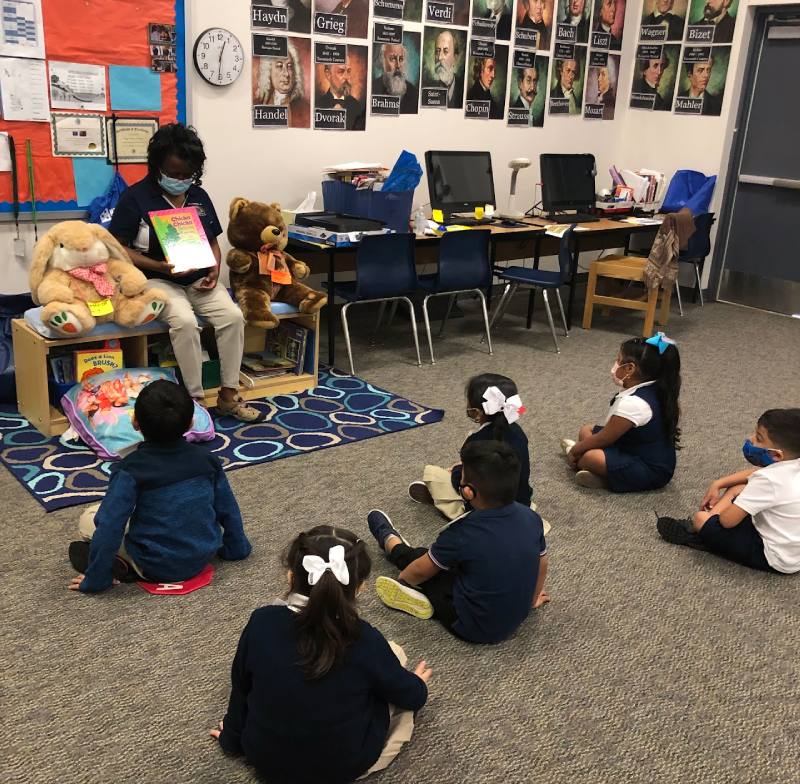
This article is available and can be accessed in Spanish here.
University, S. (2021, March 9). Reading skills of young students stalled during pandemic. Stanford News. Retrieved November 14, 2021, from https://news.stanford.edu/2021/03/09/reading-skills-young-students-stalled-pandemic/
Scott, J. & Nagy, W. (2009). Developing word consciousness. Reprinted in M. Graves (Ed.). Essential reading on vocabulary instruction. (pp. 106-117) Newark, DE: International Reading Association. http://www.communicationcache.com/uploads/1/0/8/8/10887248/developing_word_consciousness.pdf
Robertson, E. (2008), Teacher education in a democratic society in M. Cochran-Smith, S. Feiman-Nemser, D. John McIntyre, & K. E. Demers (Eds.), Handbook of research on teacher education: Enduring questions in changing contexts (3rd Edition, pp. 27 – 44). New York, USA: Routledge. https://nepc.colorado.edu/blog/why-teacher-education-important-and-how-make-it-better





